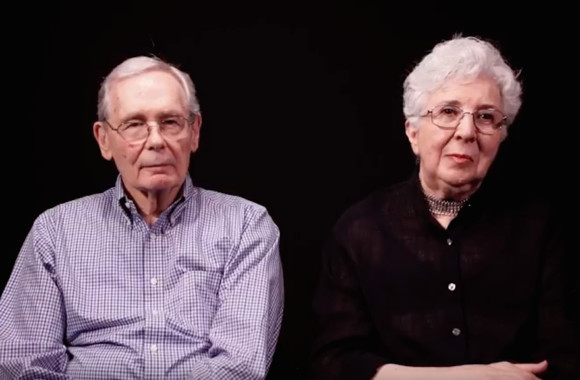Jews separated from families during Shoah condemn US border policy
A group representing children hidden during the Holocaust slammed the U.S. border policy of separating families seeking asylum.
“Separation of the family for us is probably the worst thing that ever happened to us,” said Rachelle Goldstein, who was separated from her parents in Belgium when she wasn’t even 3 years old.
Goldstein, the co-director of the Hidden Child Foundation, and her husband, Jack, who also was separated from his parents as a child, appear in a video released Tuesday by the Anti-Defamation League.
The Trump administration’s policy of separating migrant children from their parents at the southern U.S. border has drawn criticism this week from across the political spectrum. More than 2,300 children have been separated from their parents, according to the New York Times.
“When you take a child away from the parents, from the home, from everything that they know, they are never the same,” Goldstein said in the video, adding that many children separated from their parents during the Holocaust had still not overcome the trauma.
“Most hidden children are now in their late 70s, 80s, some are even 90, and they still think about it, and it still hurts, it still aches,” she said.
The new policy dictates that every migrant who crosses the United States border illegally will be prosecuted and detained. Since children cannot be prosecuted with adults, they are reclassified as unaccompanied minors and taken away.
Trump administration officials, including Attorney General Jeff Sessions, say it’s a necessary measure to enforce border security. Since many of the migrants have ended up in detention centers and temporary shelters, some have compared the policy to Nazi-era actions. Sessions on Tuesday called those comparisons exaggerated.
A broad spectrum of Jewish groups have spoken out against the policy, along with many other religious organizations.
“It’s wrong, it’s wrong,” Goldstein said. “How can this happen in the 21st century?”
Watch the video here.

 48.0°,
Overcast
48.0°,
Overcast 




